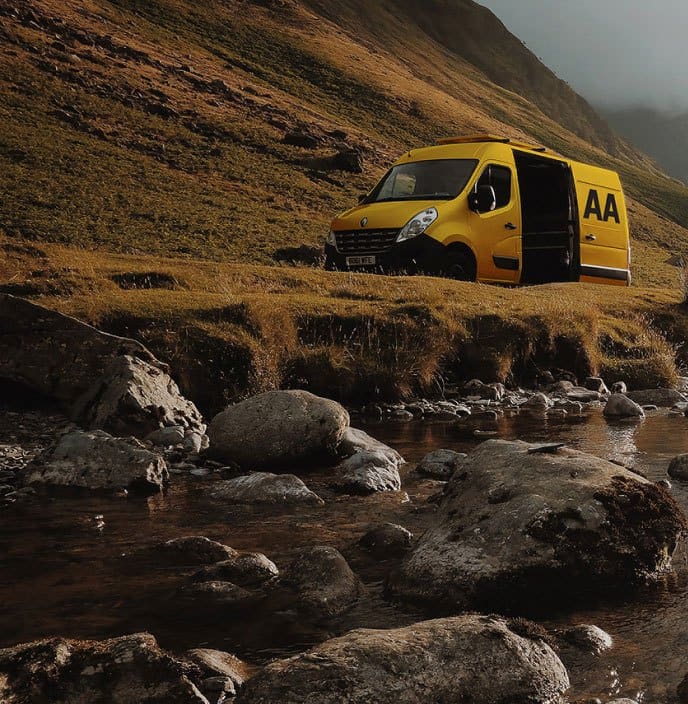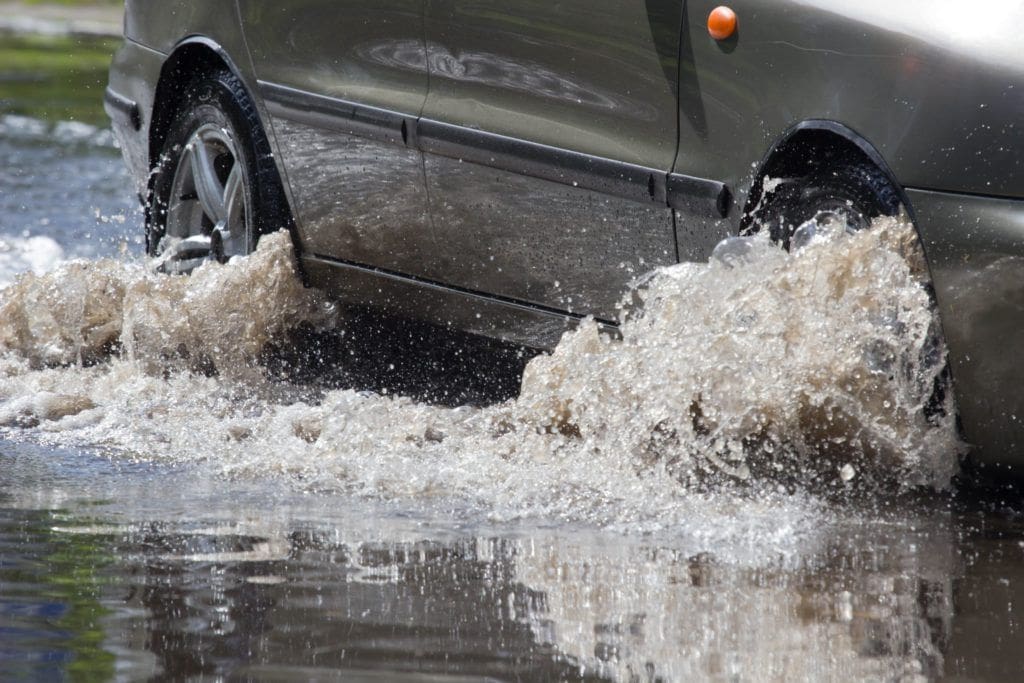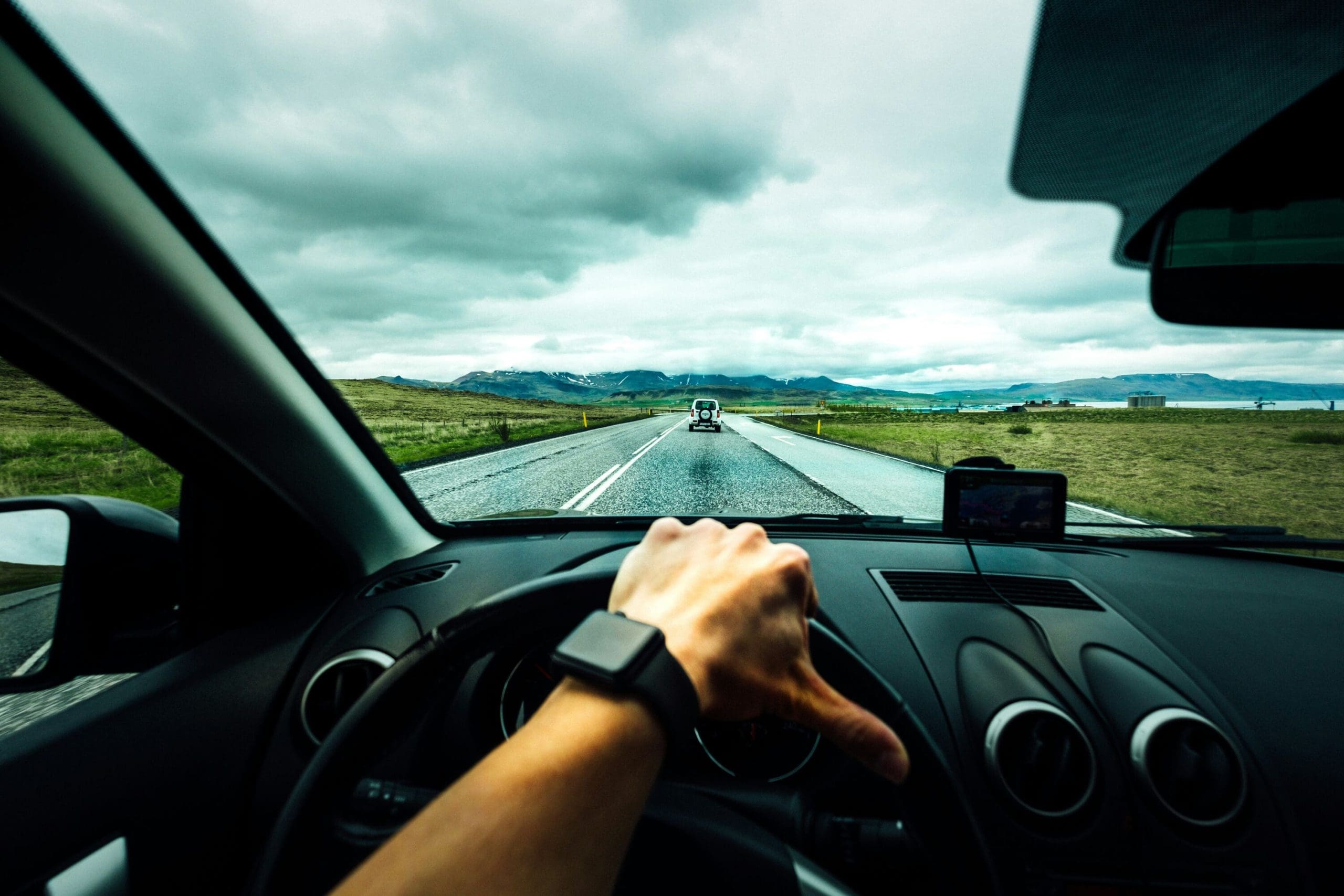Rain, wind, snow, ice and even the glare from the sun can all cause issues for motorists. In general, when navigating adverse driving conditions, our advice is to slow down. However, when it comes to flooding and excess surface water, we often change our tune.
Unpredictable
Surface water and floods can be deceiving; it’s often difficult to tell how deep the water goes until you’re in it. Pot-holes, drains and uneven road surfaces can also lead to nasty surprises. As a rule of thumb, we always advise that if you’re not sure you’ll make it – turn back. For the sake of a few extra minutes on your journey, you could be saving yourself from engine damage or worse.
What are the dangers of driving through flood water?
The effects of driving through flood water are varied – everything from the engine to the electricals can suffer when exposed to water. Naturally, if you cut out and become stranded, you’ll know you’ve gone wrong. However, some damage often only becomes apparent further down the line.
In general, you should avoid driving through water more than 10cm deep. Just 30cm of standing water – the length of a ‘long ruler’ – can cause a car to move involuntarily, and a depth of 60cm can cause it to float away. If water is moving, much shallower waters can present the same dangers.
Water as little as 3cm deep is sufficient to cause aquaplaning. This is when a layer of water causes your tyres to lose their grip on the road, instigating a loss of steering control. If your steering wheel feels ‘light’, there’s a good chance that you’re aquaplaning. The key is not to brake – reduce your speed by easing off the accelerator – and avoid harsh steering, keeping your two hands firmly on the wheel.
Cutting out is every driver’s biggest fear when driving through surface water – and for good reason too. If the level of water outside the car reaches your engine’s air intake, water can be sucked into the engine and can cause it to stop. A very small amount of water is enough to ruin a healthy engine.
If your car does cut-out, attempting to restart it can often make matters worse. It’s best to exit the vehicle, find shelter and call for help. While you’re waiting, avoid propping up the bonnet. Rainwater can further damage the mechanics if left exposed. If you’re an AA Member, one of our experienced patrols will be sent out to assist you no matter the day or time.
What about when surface water is shallow enough to pass through?
If you’re confident that the level of water is low enough for you to pass through without causing damage, you should nonetheless drive with extreme caution.
Never drive through fast-moving floodwater as your car could be swept away – no matter how shallow it appears. Only drive through when the water is still and never at the same time as oncoming traffic. If another vehicle has passed through before you, wait until the ripples have settled and drive towards the centre of the road – where it’s at its highest.
It’s best to drive slowly in a low gear, keeping the engine revs high. This prevents water from entering the exhaust, prevents waves from forming and reduces your risk of aquaplaning. When you’re out the other side, drive slowly for a stretch, tapping the brake pedal a few times before returning to a normal speed. This will dry the brakes and also prevent aquaplaning.
All sorts of unexpected issues can arise while driving. With AA Membership, you can feel safe in the knowledge that if you do break down, our patrols will be ready to assist you no matter where you are or when you call. Sign up here.
For more safety information, check out our guide to driving on wet roads, and our blog on stopping distances.










